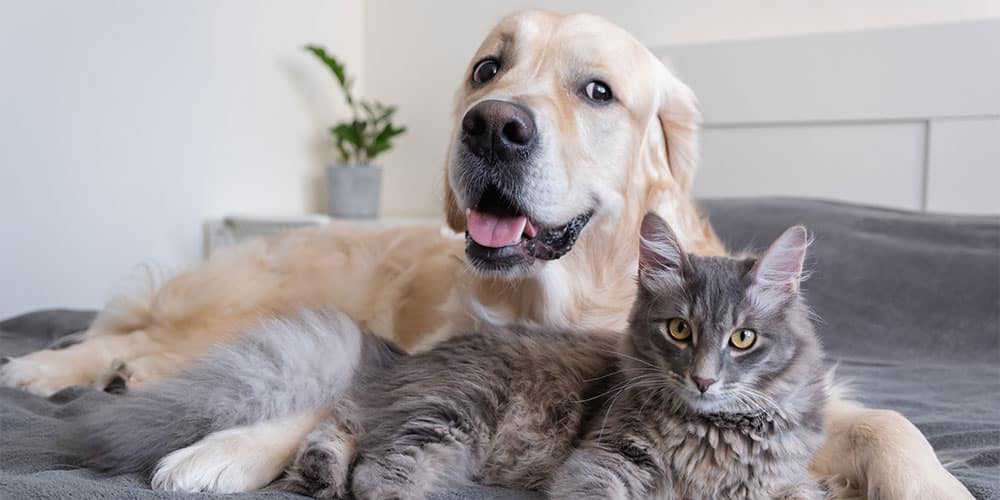



Vaccinations

Vaccination Services at West Valley Humane Society
Vaccine List
Vaccinating your pet is an essential part of responsible pet ownership. By making sure that your pet is not vulnerable to preventable illnesses, you are setting them up for a longer, happier, and healthier life.
- Canine Vaccines:
- Bordetella Vaccine – Kennel Cough: This vaccine is recommended for dogs that frequent areas where they will be exposed to other dogs like dog parks, grooming/boarding facilities, pet stores, etc. – core vaccine.
- DA2PP Vaccine – Distemper/Adenovirus/Parvovirus: Core vaccine.
- Rabies – 1 year: Core vaccine.
- Feline Vaccines:
- FVRCP – Feline Viral Rhinotracheitis/Calicivirus/Panleukopenia: Core vaccine.
- Rabies – 1 year: Core vaccine.
- FeLV Vaccine – Feline Leukemia: Recommended for outdoor cats.
Vaccine Risks
Although vaccine reactions are rare, they may occur. Please read through and check to indicate that you have read and understand the risk of each item.
- Local Reactions: After your pet has had vaccines, there could be some discomfort and swelling at the injection site.
- Systemic Reactions: Your pet may have a mild fever, decreased appetite, and decreased activity. These symptoms usually appear within 1-2 days of vaccination and then disappear.
- Anaphylaxis: Anaphylaxis is a rare, life-threatening, immediate allergic reaction that can occur as a result of vaccination. If untreated, it results in shock, respiratory and cardiac failure, and death. Seek emergency veterinary assistance immediately if you suspect your pet is having an anaphylactic reaction.
General Vaccine Information
- Rabies Vaccine: This vaccine prevents rabies, a severe disease transmitted through saliva, typically via bite wounds or saliva contact with open wounds. After exposure, symptoms usually appear within 3-6 weeks in dogs, sometimes taking up to 6 months. Rabies attacks brain cells, causing neurologic symptoms, and is always fatal. It’s required by state law for dogs, and many communities also mandate it for cats.
- FVRCP Vaccine (Feline Viral Rhinotracheitis/Calicivirus/Panleukopenia): FVRCP protects against severe upper respiratory infections in cats caused by feline herpesvirus (FVR), calicivirus (C), and panleukopenia (P). These infections are highly contagious and most severe in young kittens and older cats.
- FeLV Vaccine (Feline Leukemia Virus): Feline leukemia is unique to cats and spreads through saliva, blood, and sometimes urine and feces. It can lead to anemia, lymphoma, and deadly infections due to its immune-suppressing effects.
- DA2PP Vaccine: DA2PP shields dogs against Canine Distemper Virus (D), a highly contagious, multi-systemic disease affecting dogs and some other animals, and Parainfluenza Virus (A2), which can cause kennel cough. This vaccine also provides cross-protection against adenovirus type-1.
- Parvovirus (P): Parvovirus is a highly contagious disease with a short course and a high mortality rate, affecting both dogs and cats. It’s very resistant and can remain infectious in the environment for years.
- Bordetella: This bacterial disease causes “kennel cough” in dogs and is highly contagious, spreading via airborne transmission. It’s often seen in dogs after they’ve been in kennels.
Learn More About FIV/FeLV
- (FELV) Feline Leukemia Virus: FELV is commonly spread among cats that live together and is mainly transmitted through saliva. Get additional insights about FELV by clicking below.
- (FIV) Feline Immunodeficiency Virus: FIV is more common in unneutered male cats and is spread through saliva via bite wounds. Seek more information about FIV by clicking below.
Vaccination Pricing
At West Valley Humane Society, we believe in providing transparency when it comes to the cost of caring for your pet’s health. To view our up-to-date pricing for vaccination services, please click here.
We understand that affordability is essential, and we aim to offer competitive pricing while maintaining the highest standards of care for your beloved pets. If you have any questions or need further assistance, please don’t hesitate to contact our team.